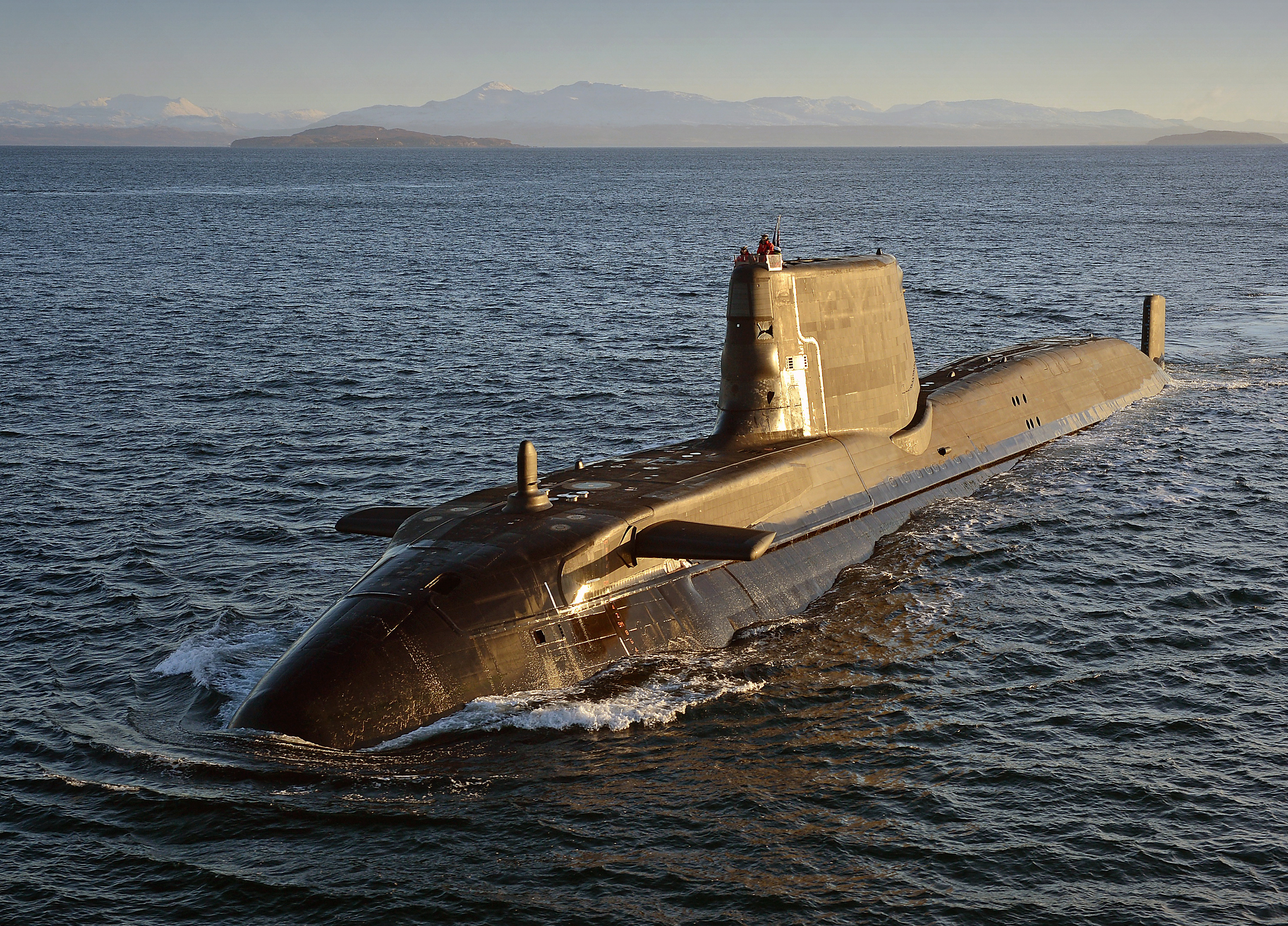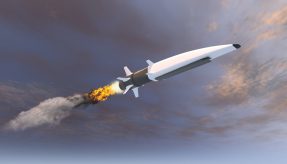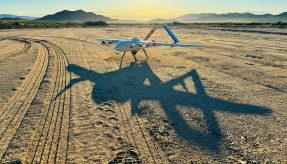
The first AUKUS artificial intelligence (AI) and autonomy trial has been hosted by the UK, with the aim of rapidly driving these technologies into responsible military use.
The first trial focussed on:
- Experimental work by Australia, UK and US on detecting and tracking military targets
- Vehicles retrained in flight to adapt to changing mission situations
- Shared focus on adhering to safe and responsible artificial intelligence activity
The work saw the initial joint deployment of Australian, UK and US AI-enabled assets in a collaborative swarm to detect and track military targets in a representative environment in real time. Accelerating the development of these technologies will have a massive impact on coalition military capability.
The trial, organised by the UK’s Defence Science and Technology Laboratory (Dstl), achieved world firsts, including the live retraining of models in flight and the interchange of AI models between AUKUS nations. The AUKUS collaboration is looking to rapidly drive these technologies into military capabilities.
The AUKUS Advanced Capabilities Pillar, known as Pillar 2, is pursuing a trilateral programme of work on a range of leading-edge technologies and capabilities to promote security and stability in the Indo-Pacific region. Through Pillar 2, Australia, the UK, and the US have collaborated to accelerate collective understanding of AI and autonomy technologies, and how to rapidly field robust, trustworthy AI and autonomy in complex operations, while adhering to the shared values of safe and responsible AI.
Autonomy and AI will transform the way Defence operates. The strategic environment is rapidly evolving, meaning we must adapt our technologies at pace if we are to maintain our operational advantage. By sharing AI – and the underpinning data to enable it – with one another, Australia, UK, and US militaries can access the best AI, reduce duplication of effort, and ensure interoperability.
UK Deputy Chief of Defence Staff, Military Capability, Lieutenant General Rob Magowan said: “This trial demonstrates the military advantage of AUKUS advanced capabilities, as we work in coalition to identify, track and counter potential adversaries from a greater distance and with greater speed. Service personnel, scientists and engineers from our three nations combined to develop and share critical information to enhance commanders’ decision making.
“Accelerating technological advances will deliver the operational advantages necessary to defeat current and future threats across the battlespace. We are committed to collaborating with partners to ensure that we achieve this while also promoting the responsible development and deployment of AI.”
More than 70 military and civilian defence personnel and industry contractors were involved in the exercise in April 2023. The trial utilised a variety of air and ground vehicles to test target identification capability, including: Blue Bear Ghost (UK) and Boeing/Insitu CT220 (AUS) uncrewed aerial vehicles (UAVs), Challenger 2 tank, Warrior armoured vehicle and Viking uncrewed ground vehicle (UGV), along with a commercially hired FV433 Abbot self-propelled gun and former Eastern Bloc BMP OT-90.
The trilateral teams collaborated to develop joint machine-learning (ML) models, apply test and evaluation processes, and fly on different national UAVs. The ML models were quickly updated to include new targets and shared among the coalition and AI models retrained to meet changing mission requirements.
If you would like to join our community and read more articles like this then please click here








